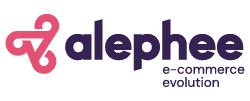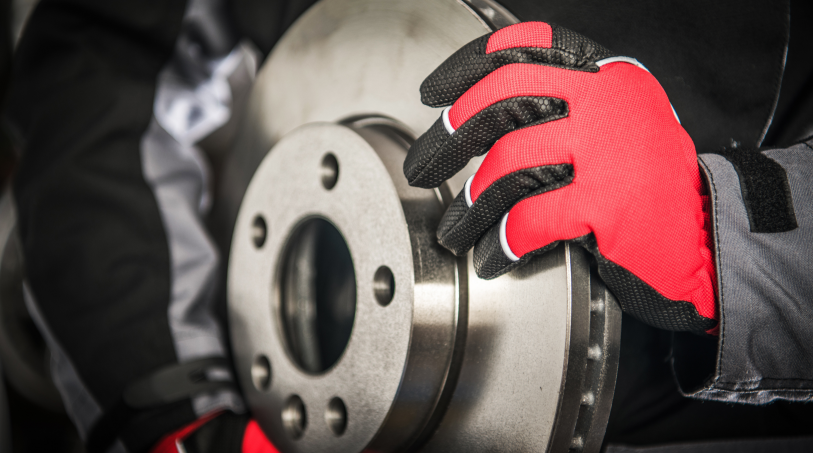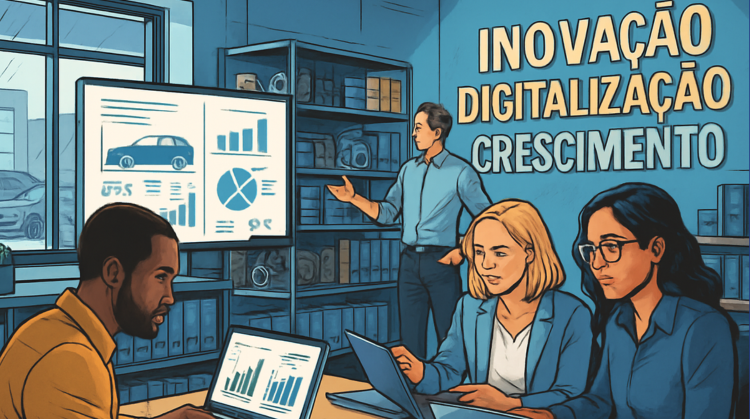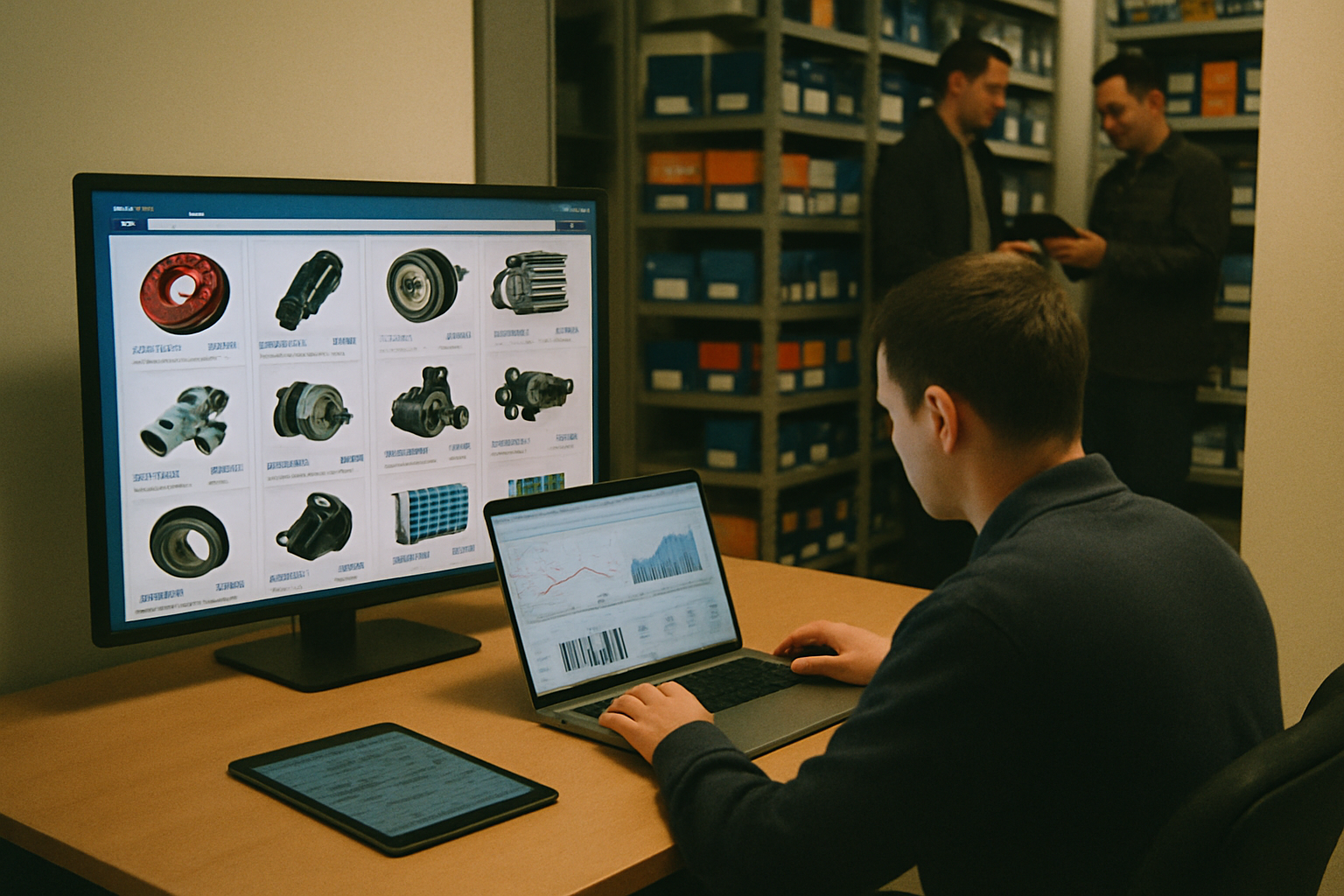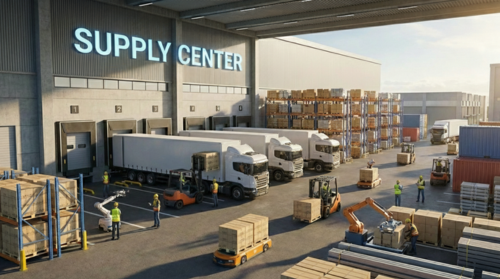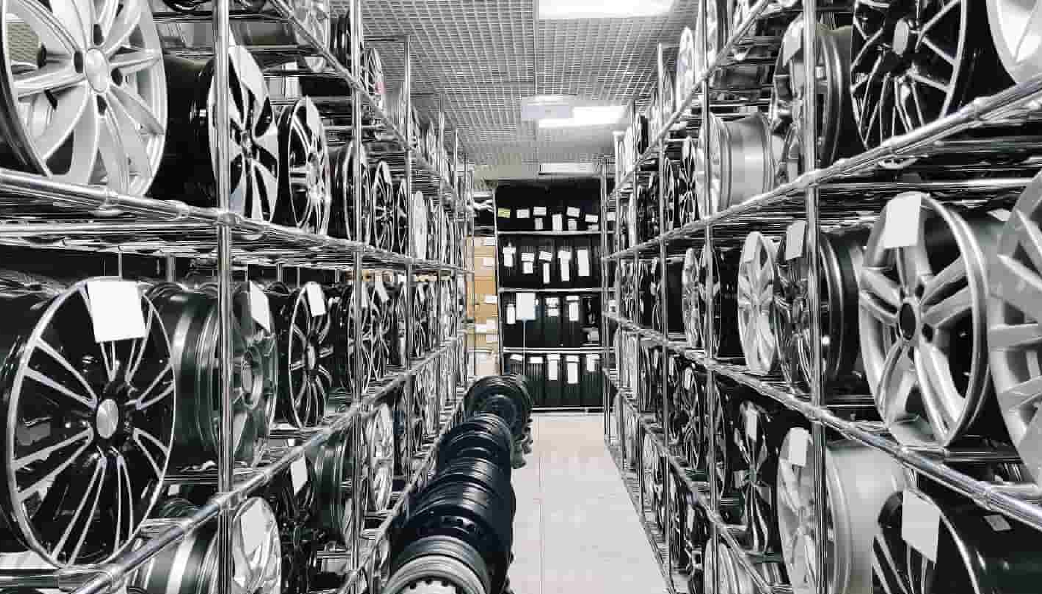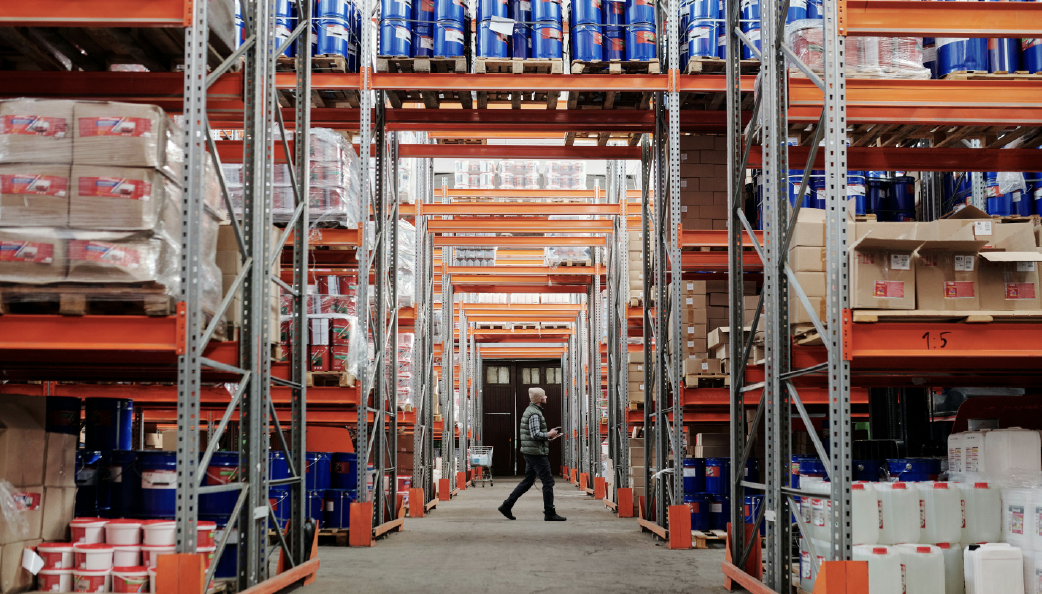The digitization of auto parts: the sector accelerates to meet new demand
With Brazil’s vehicle fleet getting increasingly older — 65% of cars in circulation are over 10 years old, according to Sindipeças — the demand for replacement parts and maintenance services is growing. This scenario has fueled a silent but decisive transformation: the digitization of the auto parts market.
While new vehicle sales show fluctuations, the replacement market is consolidating as strategic. A McKinsey & Company study estimates that the automotive aftermarket could move up to US$ 25 billion in Brazil by 2040. Key drivers of this growth include the diversification of parts being sold and the modernization of how these parts reach the end consumer — especially through digital channels.
Genuine, original or generic: what differentiates each type of part?
The growing variety of parts available online is a direct response to the complexity of today’s vehicle fleet. Nowadays, workshops and end consumers find three main categories:
-
Genuine parts: produced by the vehicle manufacturer itself or by suppliers contracted by it, and distributed through the brand’s dealerships.
-
Original parts: also manufactured by the original equipment suppliers, but sold by independent distributors, outside the dealership network.
-
Generic parts: manufactured by companies that do not produce for automakers but offer compatibility with various models. They are more affordable, although quality can vary more among manufacturers.
This expansion of the parts portfolio plays a central role for workshops and retailers who need to quickly meet diverse demands. According to McKinsey, items such as brakes, batteries, radiators and spark plugs account for a large share of the sector’s revenue, estimated at R$ 38 billion in Brazil.
Digital transformation: from catalog to end consumer
With more parts and suppliers in play, digitization has become a competitive advantage. Distributors and manufacturers that still operate only with manual orders or physical channels face challenges in maintaining agility, inventory visibility and real-time price updates.
To address these bottlenecks, companies have adopted solutions such as digital catalogs — which organize technical data, compatibility and product images — and platforms that integrate these catalogs with major marketplaces. This allows for more efficient supply chain management while making the purchasing journey easier for workshops and consumers, who can compare products, check applications and place orders with just a few clicks.
Indirect sales: more reach for distributors and manufacturers
One of the fastest-growing models in the sector is the multiseller store in marketplaces such as Mercado Livre — the largest in Latin America for auto parts. In this strategy, the manufacturer sets up a digital catalog and shares it with its distributors, who then sell directly to the end consumer. The brand retains control over product information and expands its digital presence without directly competing with partners.
This type of synergy has already shown positive results. Manufacturers such as Bosch, BMW and Renault use this model in partnership with Alephee to maintain official stores on the marketplace, with consistent growth in visibility and sales.
Benefits for both buyers and sellers
For the end consumer, digital transformation translates into faster access to the right parts, with more price options and reliable technical specifications. Workshops gain agility in service and reduce waiting time for components. Distributors and manufacturers, in turn, are able to scale sales with less operational friction.
By integrating catalog, logistics and online sales channels, the auto parts sector takes an important step toward a more efficient, connected, and responsive model to meet market needs.
